How long do the batteries in a hybrid car last?

Renata Liubertaitė
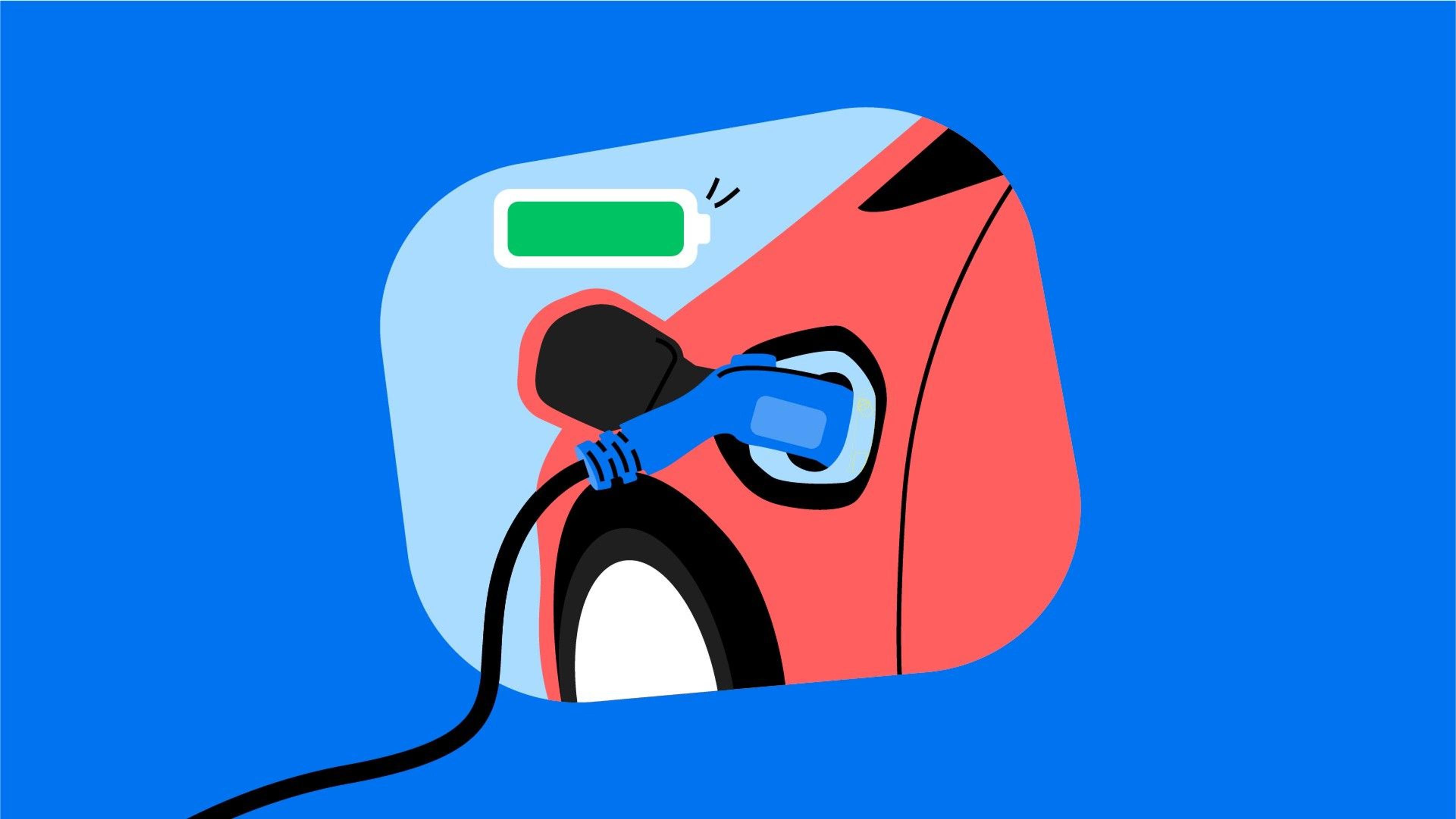
Purchasing a new car can be a daunting task, especially with the world moving towards a greener future. Your options now go beyond traditional autos, as hybrid and fully electric vehicles (EVs) keep making waves in the industry.
With more options, there are also more things you need to consider when buying a hybrid.
One of the biggest concerns people have when switching to a hybrid electric vehicle (HEV) is its battery. How efficient is it? How far can you travel? Finally, how long do the batteries in a hybrid car last before you need to replace them?
Keep reading to find out.

Need help buying a used car?
Enter a VIN code to learn more about any vehicle!
How long do hybrid batteries last?
Most hybrid car manufacturers give eight to ten years (or 160,000+ kilometers) warranty on their hybrid batteries. However, a proper maintenance strategy and regular servicing can help your HEV’s battery reach up to 15 years.
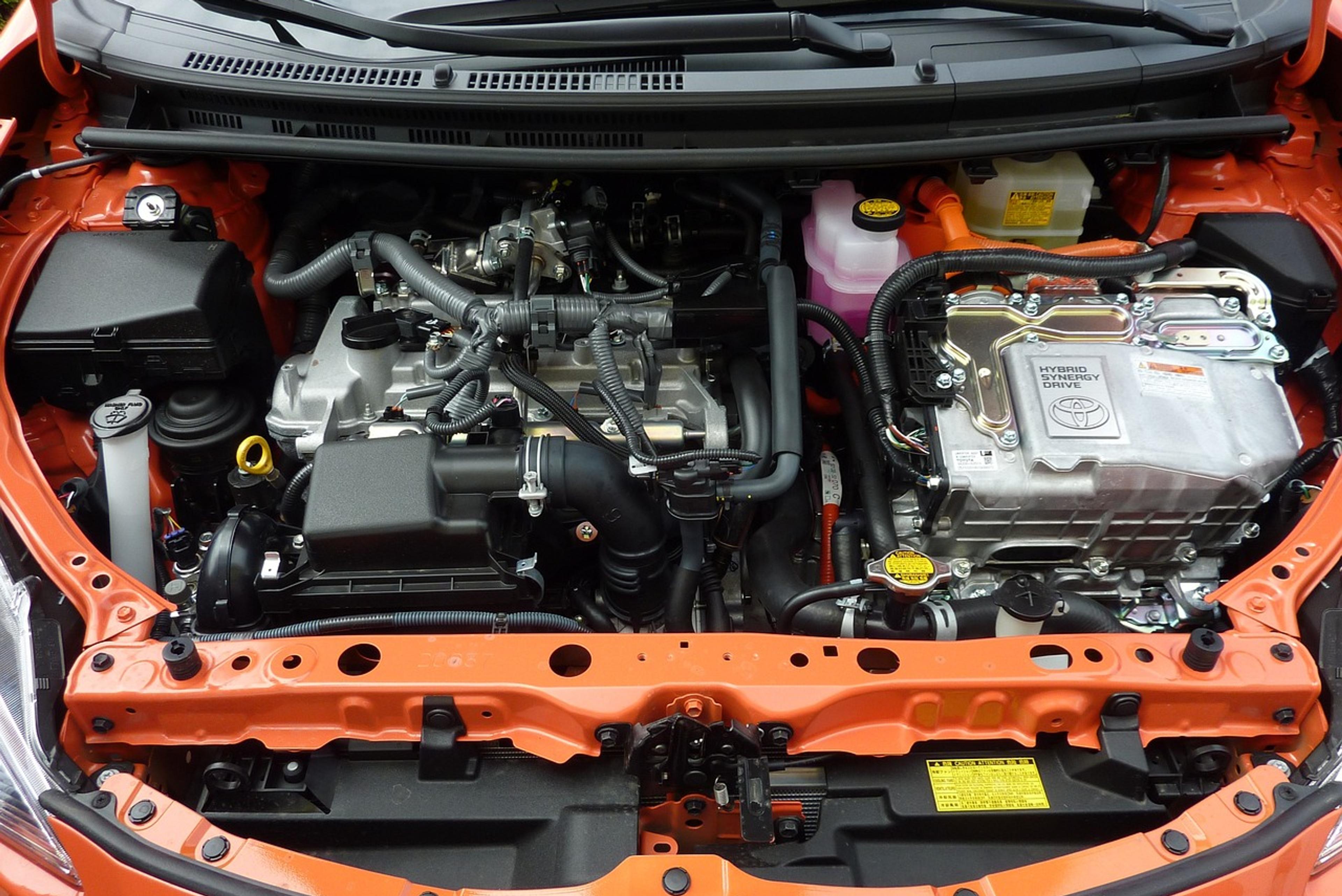
The lifespan of a hybrid car battery can vary depending on many different factors, including:
- Type of the battery. Lithium-ion (Li-ion), nickel-metal hydride (NiMH), and lead-acid are the three most common hybrid car battery types. Compared to NiMH and Li-ion, lead-acid batteries have the shortest lifespan, typically around three to five years. NiMH batteries, on the other hand, last around eight to ten years, while Li-ion batteries can last up to 12 and more years.
- Driving frequency. Frequent drivers may need to replace their hybrid car batteries sooner than those who don’t use their cars so often. The more you drive and discharge the battery, the sooner it will die.
- Driving habits. The way you drive can also impact your battery lifespan. For instance, frequent short trips or enforced stops (in heavy traffic) can put more stress on the battery, while highway driving and consistent speeds can do less harm.
- Lack of maintenance. Every manufacturer provides their own guidelines for maintenance, and not following them can shorten your hybrid car battery lifespan.
- Charging habits can also significantly contribute to the battery’s health. To maintain a healthy battery, avoid frequent deep discharges, excessive fast charging, and depleting it regularly.
- Environmental conditions. Extreme temperatures (both hot and cold) can degrade the battery's performance and reduce its lifespan. While high temperatures can cause accelerated degradation, cold weather can affect the battery’s ability to hold a charge.
Hybrid car batteries explained
Hybrid cars are vehicles that combine an internal combustion engine and at least one electric motor. Even though this is the structure that defines them all, HEVs still differ in various aspects, including their batteries.
In simple terms, there are hybrid vehicles that don’t need to be plugged into a charging point to be fully charged (self-charging) and those that do. The latter is called plug-in hybrid electric vehicles (PHEVs), and the former definition includes mild and full hybrids.
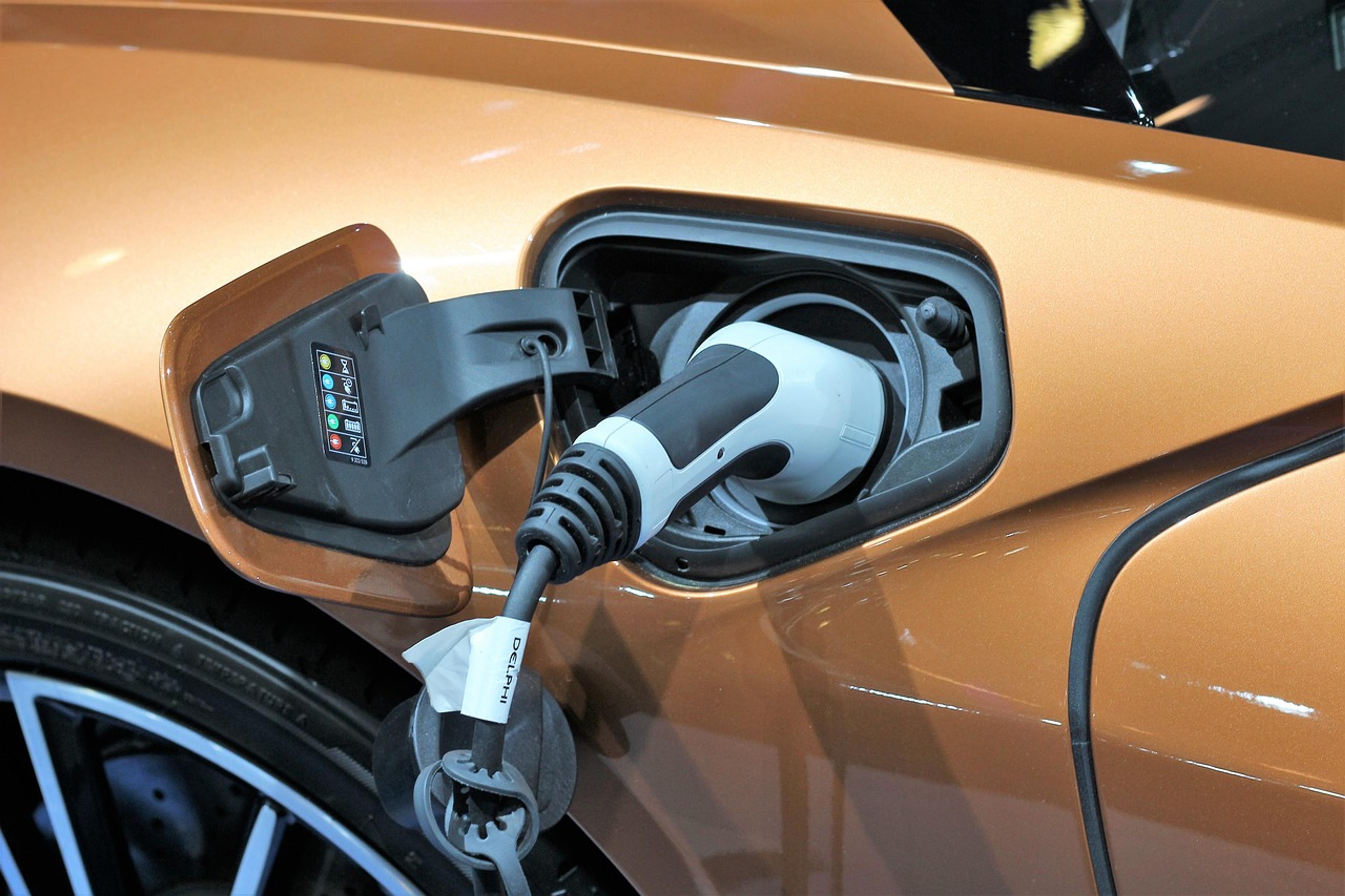
How hybrid car charging works
Full hybrids cannot be charged from an external power source and rely on the internal combustion engine (ICE) and regenerative braking.
It’s an automated process during which the batteries are continuously charged as you drive, and the car’s internal systems can determine the optimal use of its battery and ICE based on speed, power demand, battery charge level, etc.
Besides operating in combination with ICE, full hybrids can run solely on electric power but only for a short distance (because of small-sized batteries).
Plug-in hybrids, on the other hand, stand in the middle between full hybrids and electric vehicles.
They operate based on the same principle as full hybrids, yet the key difference between the two is that PHEVs come with bigger batteries and an option to charge them using an external power source.
Therefore, plug-in hybrids have a higher all-electric driving range, typically around 50 kilometers on average.
What is a hybrid car battery made of?

There are three types of batteries that most hybrids and EVs use:
- Lithium-ion batteries. You may know Li-ion batteries as an energy source for many portable electronics (phones, laptops, etc.), but they’re also the most commonly used battery type for plug-in hybrids and EVs. Lithium-ion batteries in alternative fuel vehicles consist of thousands of regular rechargeable Li-ion batteries and are known for their good power-to-weight ratio, high energy efficiency, and low self-discharge.
- Nickel-metal hydride. NiMH batteries have a similar structure to Li-ion batteries and were commonly used in earlier generations of hybrids. These batteries are relatively cheaper and known for their durability.
- Lead-acid. Lead-acid batteries consist of lead plates submerged in an electrolyte of sulfuric acid and are cheap to make. Therefore, they are more affordable than NiMH and Li-ion batteries but still offer high power, reliability, and high safety standards. However, lead-acid batteries can store less energy than the other two types of batteries, in addition to a shorter life span and poor cold temperature performance.
How long can hybrid cars travel without charging?
The hybrid battery life expectancy is one thing, but how far these cars can drive on one charge is another important aspect of alternative fuel vehicles that concerns most first-time buyers.
Full hybrid car range on one charging
Driving a full hybrid, you can always expect to reach your destination without having to charge its battery.
As mentioned before, these cars are self-charging and combine an electric motor with an internal combustion engine. It means that they work together to provide power, often in rotation.
When the battery is running low, the ICE powers it up again, so you don’t even need to think of running out of energy and making stops during your trip.
The plug-in hybrid range on one charging
Plug-in hybrids are the closest thing to fully electric vehicles. They can self-charge from regenerative braking to some extent, but they can also be charged using an external energy source and drive solely on electricity for longer periods of time.
Typically, you can expect to drive your plug-in hybrid using a battery for up to 80 kilometers before it switches to gas and drives just like a conventional car.
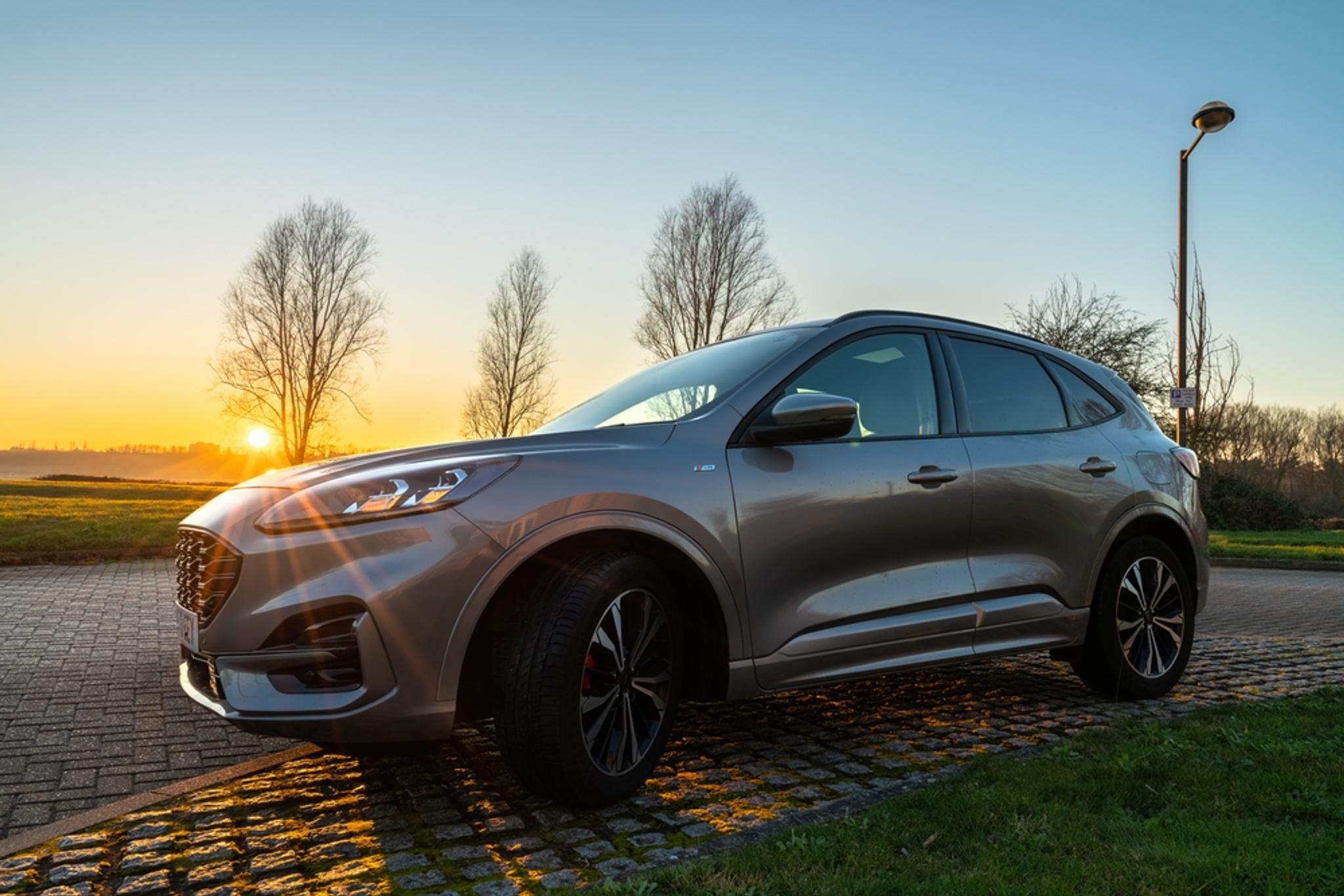
How to extend your hybrid battery life?
Although hybrid car manufacturers provide an 8-10 years warranty, it doesn’t mean batteries stop working after hitting this milestone. Well, at least if you take good care of them.
Fortunately, there are things that you can do to preserve your hybrid’s battery and delay the signs of wearing out:
- Be gentle. Avoid aggressive takeoffs and hard stops, as this puts unnecessary strain on the battery. Tap the accelerator lightly when you start driving and coast to a stop when braking – smooth driving helps optimize the battery's lifespan.
- Ensure regular maintenance. Every manufacturer will provide you with a recommended maintenance schedule for your hybrid vehicle – follow it. This includes regular check-ups, servicing, battery health checks, and software updates, if applicable.
- Avoid extreme temperatures. Extreme heat or cold can take a toll on hybrid batteries, reducing their performance and lifespan. On a hot day, make sure to park your car in the shade to minimize exposure to heat, and in colder climates, try to find some covered area to prevent any damage.
- Maintain 80/20 battery charge. It’s best to keep the hybrid battery level at no more than 80% but above 20% at all times – this should ensure optimal performance and longevity.
- Avoid long-term storage. You might not use your car every day, but take it for a drive at least once or twice per week. If this is not an option, follow the manufacturer’s guidelines on how to store your car properly. This usually includes maintaining the battery charge level, disconnecting it, etc.
The key thing to remember here is that buying a hybrid will require your constant care if you want your car battery to “live a long and happy life.”
How do you know when your hybrid battery needs to be replaced?
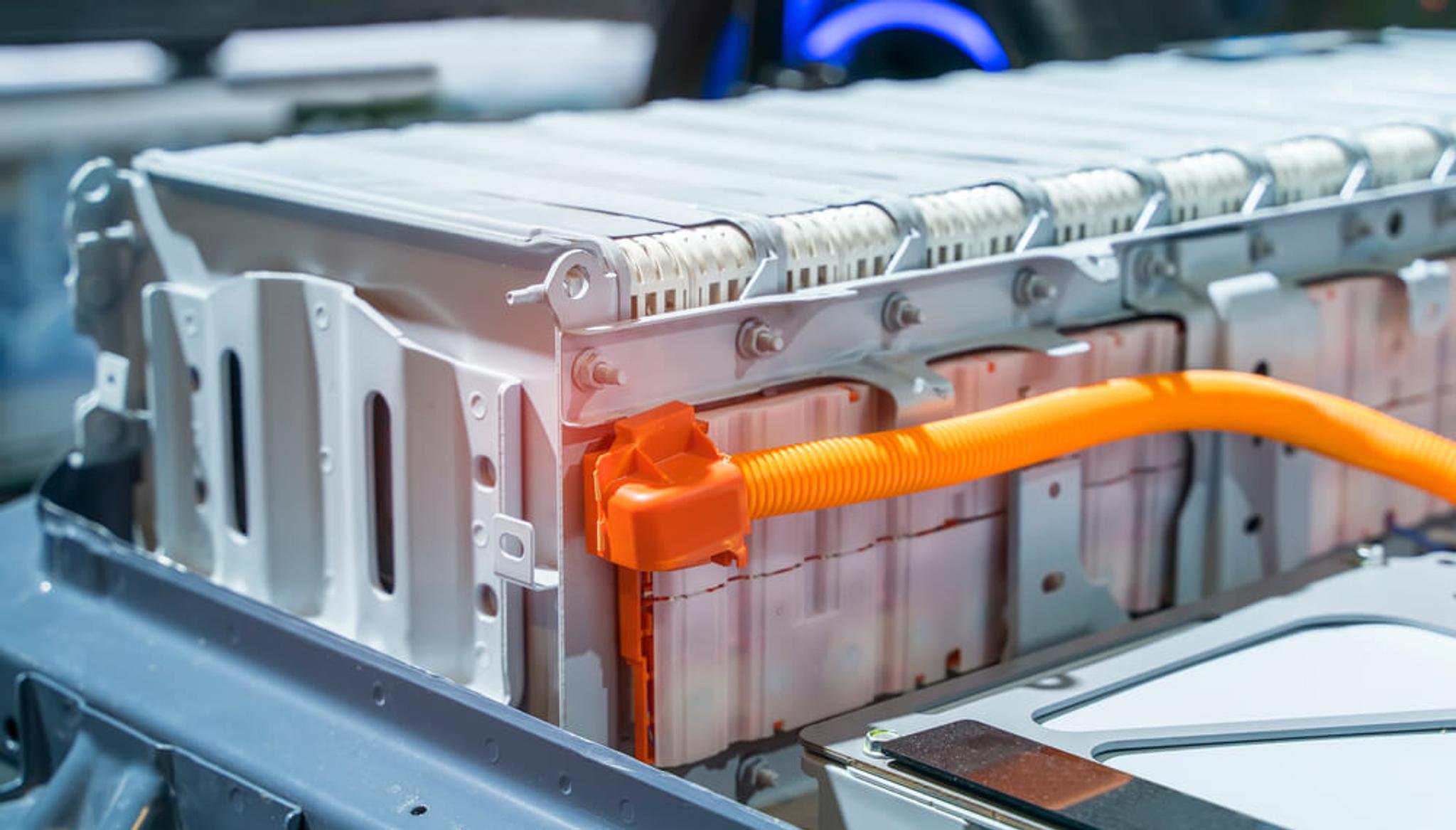
The short answer: you’ll just know.
There will be signs informing you that your car battery is wearing out or that there’s something wrong with it and might get you thinking about its replacement.
For instance, you might notice that your car is using more fuel than usual, which can mean that the battery is not functioning properly.
Moreover, reduced performance, increased engine noise, state-of-charge fluctuations, charging problems, and similar issues can all indicate imminent problems with the car battery.
If warning lights appear on the dashboard, that’s also one of the most obvious signs that you must have the battery tested as soon as possible.
How much does it cost to replace and is it worth it?
The good news is that sometimes it may be possible to repair the battery (depending on the issue). If the battery still falls under the expected lifespan, repairing it can be a viable option and cost significantly less than getting a new one.
However, batteries nearing the end of their expected lifespan are not really worth fixing. If your car is still in good condition, replacing the hybrid battery might be the right choice.
How much will it cost can vary by the make and model of the car. While the final price of a new battery will highly depend on its size, it typically costs between 4,000-5,000 euros.
Before making any decisions, make sure to discuss your options with a qualified technician.

Check your VIN
Avoid costly problems by checking a vehicle's history. Get a report instantly!
Frequently asked questions

Article by
Renata Liubertaitė
Renata is a writer with over 8 years of experience in publishing, marketing, and SaaS companies. Writing in various fields and covering highly technical topics has taught her to turn complex things into something everyone can understand. When not writing for carVertical, she loves DIY projects and spontaneous bike rides.
